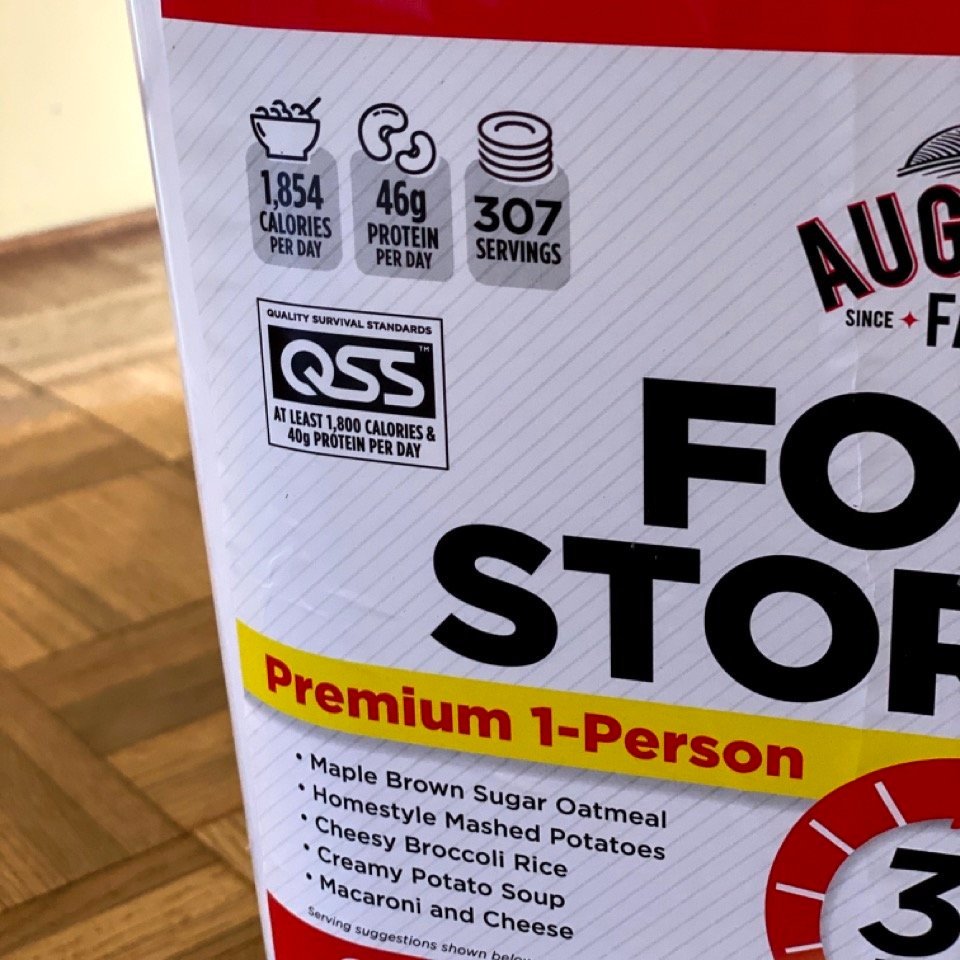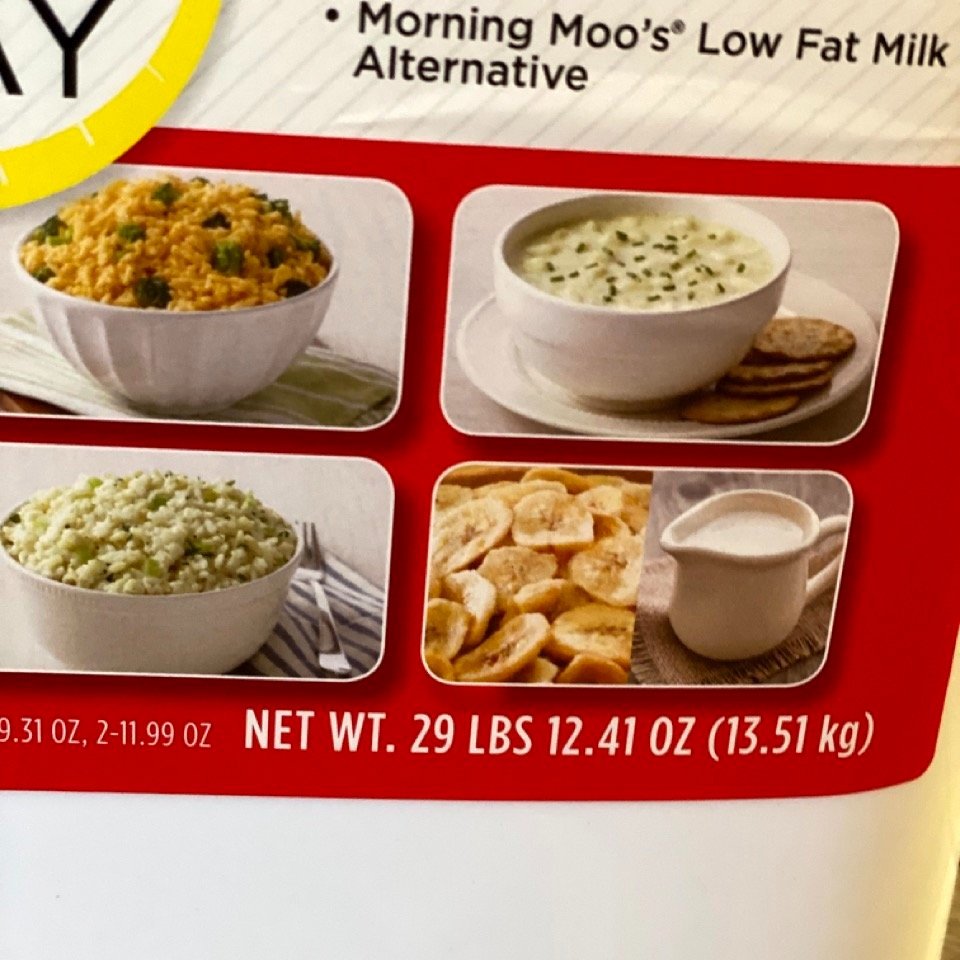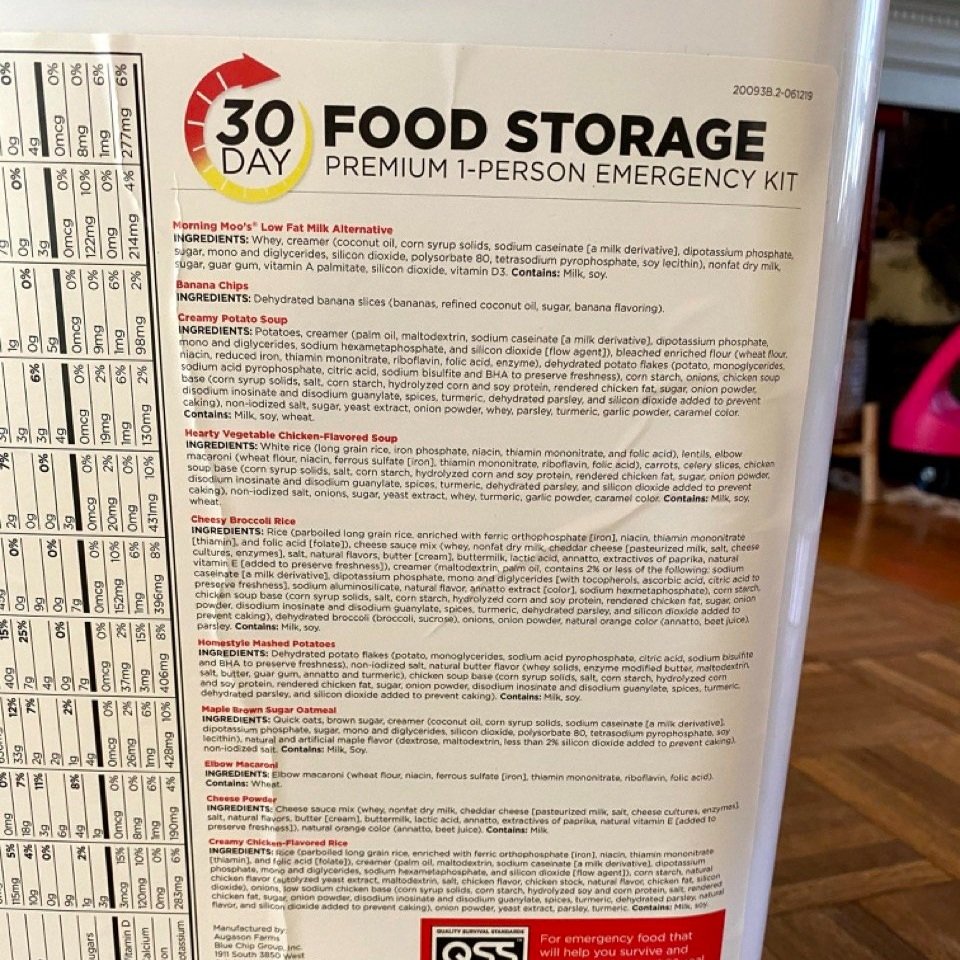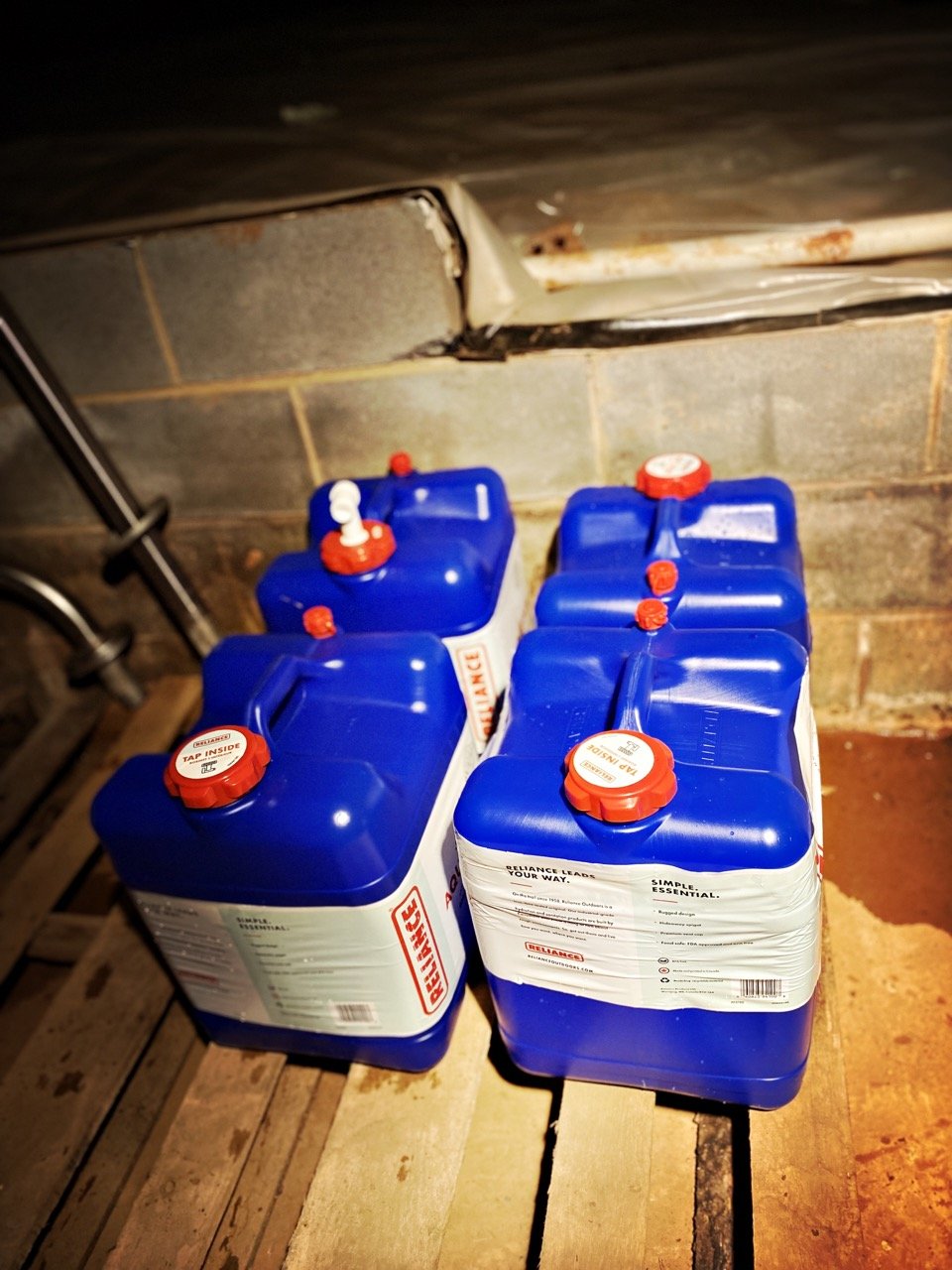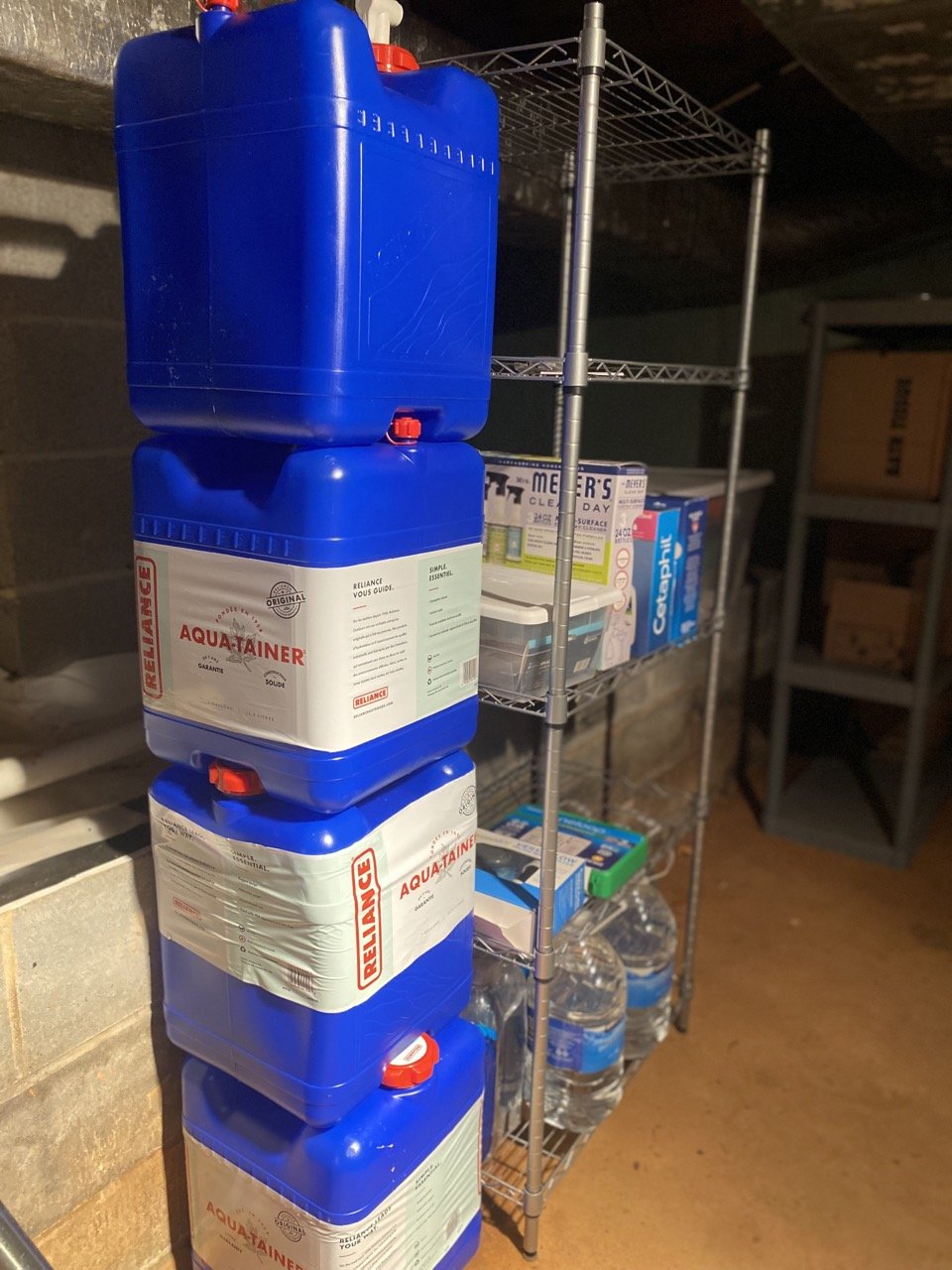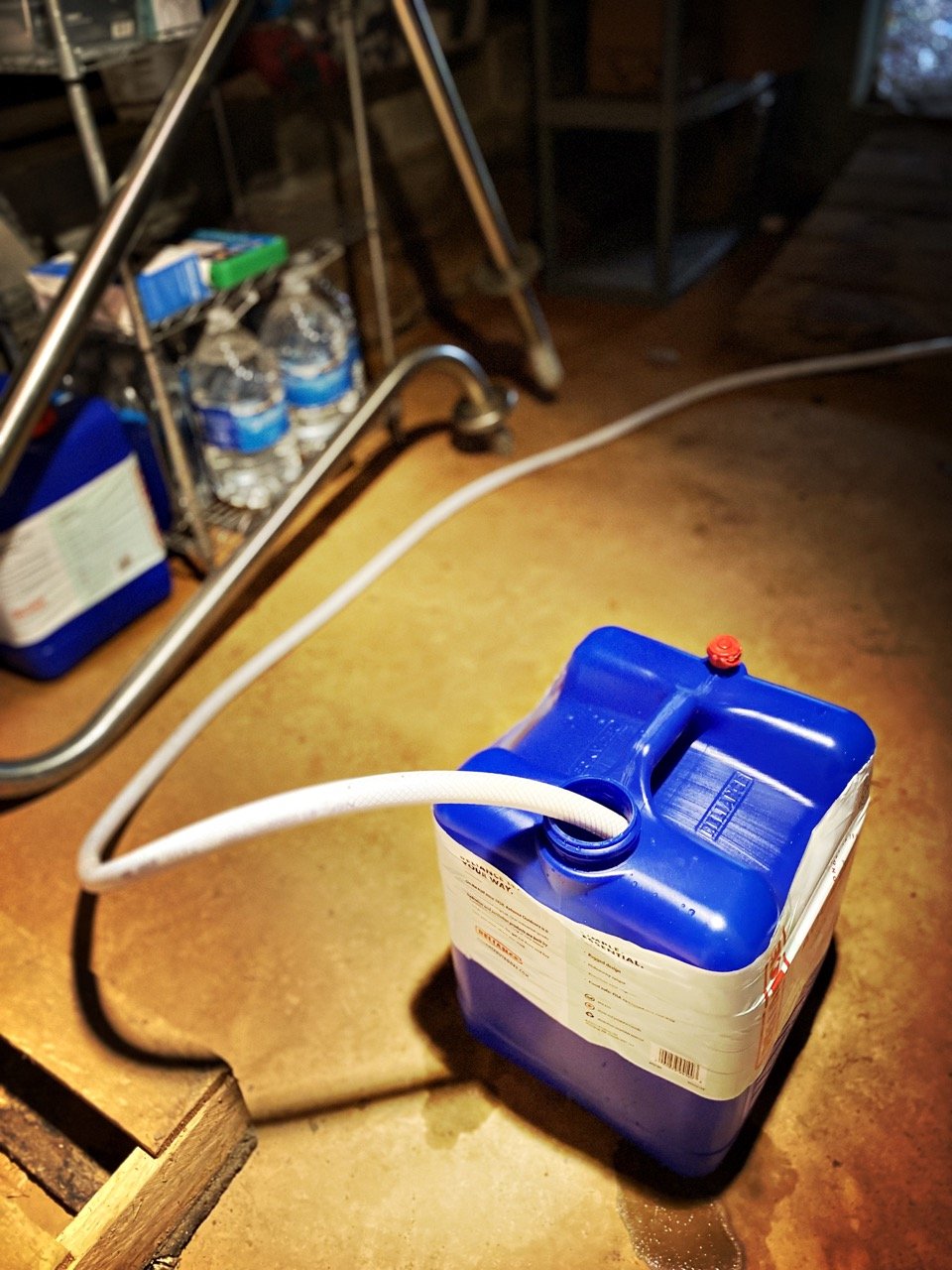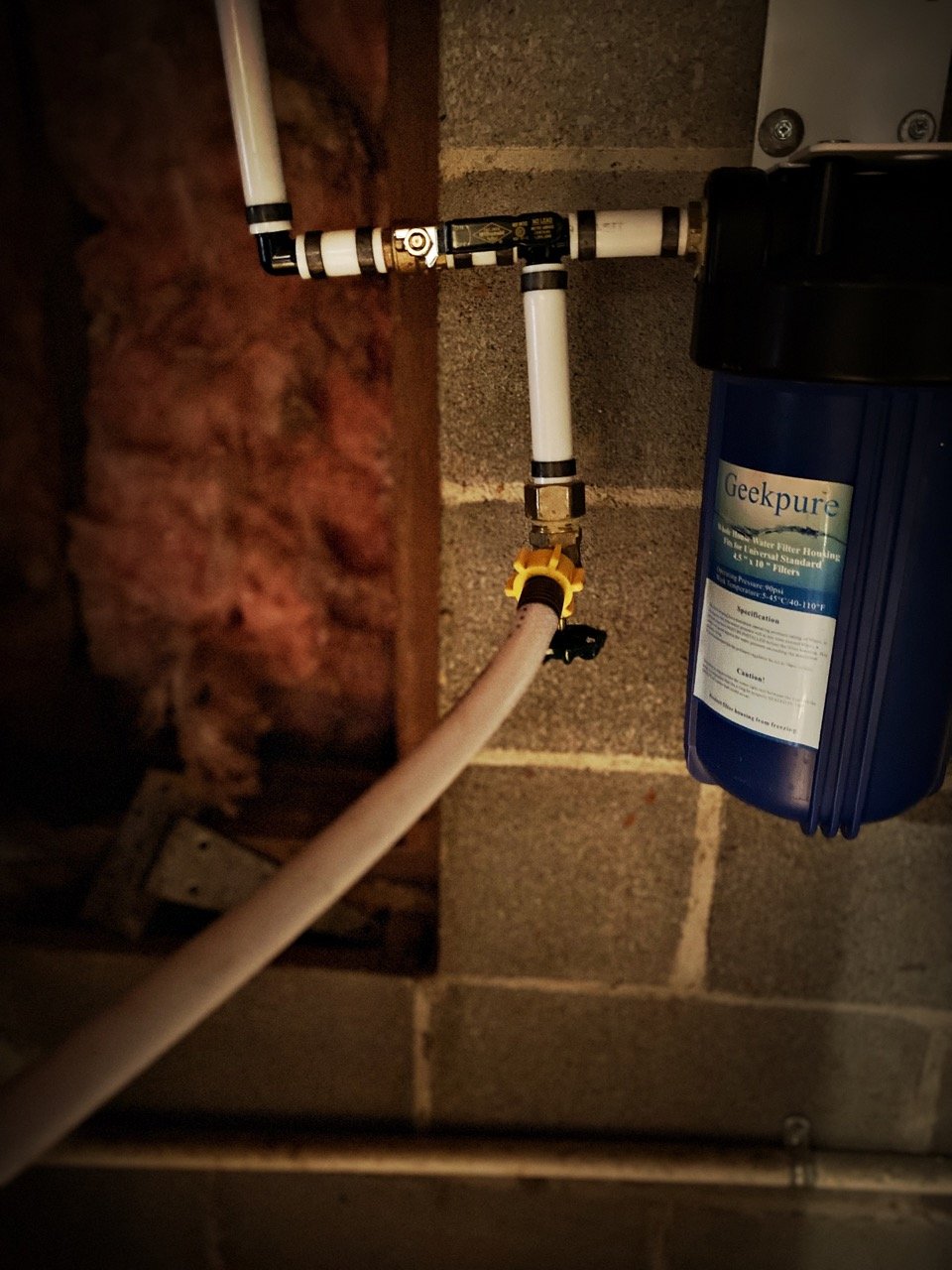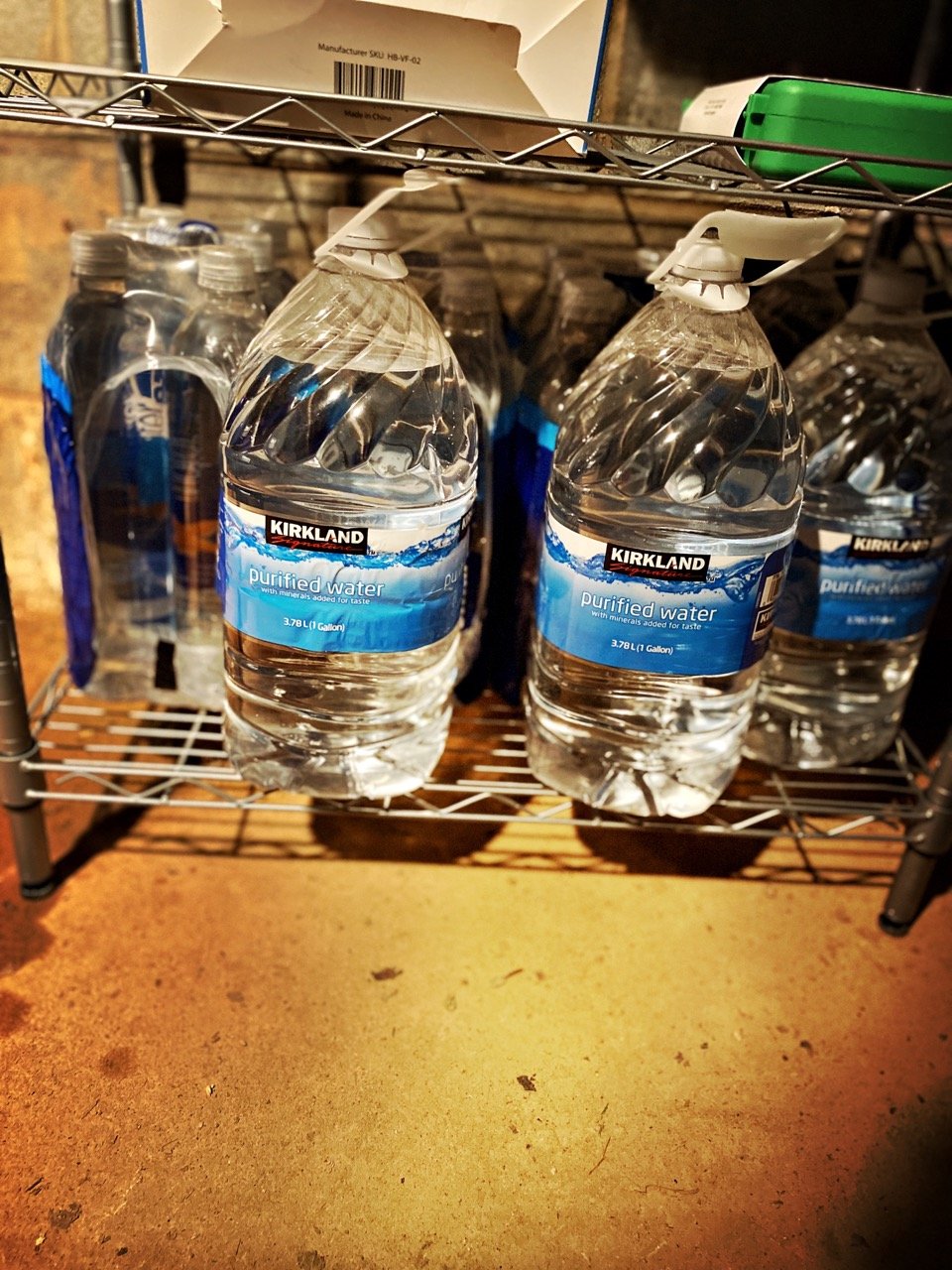Emergency Food and Water “Insurance”
Yes: Food and water insurance. Because I get it: you don't want to be the person who buys a “food bucket.” That nonsense is for paranoid kooks calling in to late-night televangelist infomercials, awaiting The Rapture. We, on the other hand, are sensible. Our rainy-day backstops come in the form of monthly premiums for health insurance, car insurance, home insurance, life insurance, short- and long-term disability insurance, 401ks, IRAs, emergency savings, etc.
These are surely important for a million reasons, but it’s also true that the financial industrial complex convinced us we must budget for all of these in order to be a responsible adult. Of course we need to reserve ~$1000/mo for these invisible products and peaces of mind.
My suggestion is merely to add a couple small one-time expenditures — covering EMERGENCY FOOD & WATER — to your insurance portfolio.
Choosing emergency food and water
To make things simple I suggest picking up:
Augason Farms 30-day 1-person emergency food storage kits (about $140/each)
Reliance Aqua-Tainer 7-gal. long-term water storage containers (about $20/each)
The Augason Farms 30-day emergency food kit holds 307 servings of nine meal varieties. Just add water and cook for 10-15 minutes. It’s watertight and has a 25-year shelf life.
The Reliance Aqua-Tainer is a durable, budget-friendly blue jug with a hideaway spout for easier dispensing. Good for camping as well as long-term water storage.
If you like to comparison shop, here’s another well-reviewed option for emergency food and here’s another good option for water containers.
NOTE: This post contains affiliate links. As an Amazon Affiliate I earn from qualifying purchases. All opinions are my own, but I don’t care if you choose a different brand. This is not a gear-reviewing blog (for that, I recommend The Prepared’s comprehensive reviews of water storage containers and emergency survival food. Credit where due: a lot of this article is culled from The Prepared and I’ll be linking there throughout. I’m a big fan of The Prepared, interviewed founder/CEO John Ramey for my Rolling Stone article, “Journal of a Progressive Prepper,” and I recommend their Sane Prepper Mantra).
HOW MUCH BACKUP FOOD and Water do I NEED?
I probably don't need a bunkerful of 100 of these, or even 10. Rule of thumb is to have a two-week backup supply of core necessities for your entire family, in case of calamity.
If some cataclysmic bummer were to occur (I’m not getting into conspiracy theory specifics here) a solid goal is “to be able to survive in your home for at least two weeks without any outside help — whether from people or the grid. That means you can’t assume you’ll have electricity, water, cooking or heating gas, communication, internet, 911, ambulances, and so on.”
For a family of four, two weeks of emergency food/water equates to needing:
TWO of the 30-day food buckets and
EIGHT of the 7-gal water jugs (1 gal/day x 4 people x 14 days = 56 gallons).
At the above prices (as of Oct ‘22), that's a one-time cost of about $500 total. Which is a lot, sure, but it's probably half of what you spend MONTHLY on other types of insurance.
HOW DOES THE FOOD TASTE?
I don’t know and I don’t particularly give a shit.
If you’re relying on this system for daily or weekly sustenance — and there are millions of people living in poverty who do legitimately benefit from the economics and nutritional density of these emergency food kits — then you probably want to check out the full reviews here to find the right balance of price, variety, taste, etc. But if you’re truly thinking of this as worse-case scenario food insurance, as I am, then maybe don’t overthink it. The point is high caloric value + long shelf-life. Just in case.
WHAT ABOUT OTHER SOURCES OF FOOD/WATER?
All of the above assumes that you likely have some food already in the house — your current perishable and non-perishable groceries, plus the canned goods and random pantry items you never think about.
You can flex up or down!
If you're on municipal water (you sure it’s reliable?) or have a nearby source of fresh water (you sure it’s clean?) maybe you don't need as many emergency water jugs.
If you’ve got a garden, or have the skill/space to hunt/forage for food, maybe you need fewer emergency food buckets.
And you can ease into it!
I personally bought one of those food buckets to start. And then a bad winter storm knocked out Charlottesville’s power for about a week. I never tapped into that food insurance in the basement, but I liked knowing it was there. So I bought a second bucket just to hit the two-week mark. And no, I don’t feel the slippery-slope desire to buy sixteen more.
We also have various water sources and our community well is on a generator, so I bought four water containers instead of eight. I feel fine about that too.
The point is simply to have a bit extra on hand to use (or share!) during the rare but inevitable power outage. And if you never use it and it finally expires after 25 years, you’ve spent about $7/year on some wonderful peace of mind.
ANY ADDITIONAL CONSIDERATIONS?
Sure, if you wanna get into it.
Storage
Space
The food buckets I bought take up about 19 x 14 x 12.5 inches of space each, weigh about 30 lbs each, and they’re nicely stackable.
My water containers measure 11 x 11 x 15 inches, weigh about 56 lbs when full. They’re NOT stackable when full, because of the weight (water is heavy AF and weighs about 8 lbs/gal), but the jugs do stack neatly when empty.
Because I installed an extra spigot in my whole-house water filtration setup, just after the five stages of filtration, I can hook up a food-grade sanitary hose and fill the jugs directly in my crawl space rather than lugging them up and down stairs.
Also consider:
Time
The food buckets last 25 years. Set and forget.
With a clean water source, the water in these containers should be safe for 3-5 years, though you might want to refresh every 1-2 years anyway.
Which brings me to…
water: filters and Purifiers
For convenience, it’s not a terrible idea to have some easy to move 1 L and 1 gal water bottles on hand, though clear plastic isn’t the best option for longer-term storage.
As another backup, I have the $25 HydroBlu Versa Flow Inline Water Filter package, which includes a 0.1-micron filter that removes 99.9% of bacteria from streamwater and other natural sources (this system doesn’t remove chemicals or pesticides). Good to keep around the house if you have a freshwater source nearby, and you can take this hiking or camping.
These LifeStraws are great to throw in a backpack or have on hand for emergencies.
These water purification tablets are good to keep on hand for long-term water storage or other questionable water consumption.
Food: FIRST-IN, FIRST-OUT (FIFO) METHOD
I don’t have some massive pantry of canned goods and other long-term food storage (yet!) but in the meantime it’s worth considering the First-In, First-Out (FIFO) method of food storage practiced by many preppers and non-preppers alike.
There’s a great article about FIFO at The Prepared, but this basically just means that rather than buying specific long-term food storage solutions, you buy a little extra of the typical shelf-stable foods that you and your family go through on a regular, non-emergency basis. If you have the space and you eat a good amount of, say, peanut butter, then rather than buying one or two jars at a time and then going back to the store once they’re empty…
Keep 3-10 of these on hand, possibly labeled in terms of when they were purchased
Use the oldest one first, and continue replenishing your stock whenever you go to the store, placing the newest purchases in the back of the line.
NOTE: for storage, these water jugs can only be stacked when empty.


